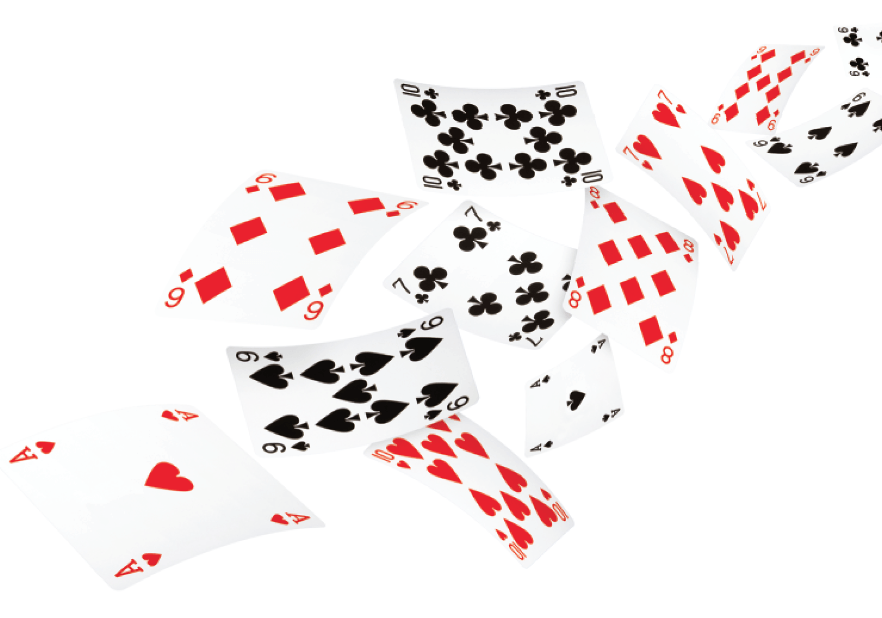Psychic Poker Play
Players can predict an opponent’s range of possible hands by following a few simple tips
World-class poker players often seem to “know” the hole cards their opponents are holding, almost as though they have psychic abilities. But they’re not blessed with some unnatural gift—they simply understand how hand ranges interact with certain players’ tendencies and personalities.
Unless an opponent is especially bad, players should strive to put them on a range of hands and then, based on their action, narrow that range as play progresses. Don’t simply put an opponent on one specific hand and trust that blind guess all the way to the river.
When someone raises before the flop, for example, they could have A-A, 7-7 or K-Q. As long as they play these hands in the same manner, there’s no way of knowing which one they have. Novice players make the mistake of putting an opponent on exactly one hand but, in reality, the opponent would play many hands in the same manner.
Suppose a tight, straightforward player raises from early position to $25 out of their $500 stack in a $2/$5 cash game. You can immediately narrow the opponent’s range to roughly the hands shown in “Safe bet,” below.
Assume all of the hands in red would be played in the same manner (raised to $25), but perhaps an opponent uses a strategy that also involves limping, resulting in some hands being raised and others being limped. Either way, the raising range will be roughly the same.
Suppose a player calls for $20 more from the big blind. The flop comes 9 spade, 7 spade, 6 clover. Check and the opponent bets $30 into the $52 pot. Let’s presume that opponent makes the typical mistake of continuation betting with every hand in their range. If that’s the case, a player’s marginal made hands such as the King of hearts the 6 of hearts and A-8 have plenty of equity to justify calling, so the player calls.
The turn is (9 spade, 7 spade, 6 clover) 5 heart.
This is an excellent spot to bet into an opponent, both with best hands as well as draws and made hands that are unlikely to be ahead at the moment because you have far more premium hands (straights) in your range than your opponent. If an opponent folds all hands worse than three-of-a-kind, he will fold almost everything. (See “The rest of the rest,” below.)
Even if an opponent continues with an overpair, he will still fold 64% of the time, making a lead extremely profitable. Be sure to consider how your range interacts with the opponent’s and then play accordingly.

Notes
Limping: To bet the absolute minimum needed to stay in a hand.
Equity: The share of the pot that is yours based on the odds that you will win the pot at that point in play. If you feel you have read your opponent correctly and have more equity in the pot than your opponent (i.e., you have the better hand at that moment) then you generally want to bet.
Jonathan Little, a professional poker player and WPT Player of the Year, has amassed more than $7 million in live tournament winnings, written 14 best-selling books and teaches at PokerCoaching.com. @jonathanlittle


















